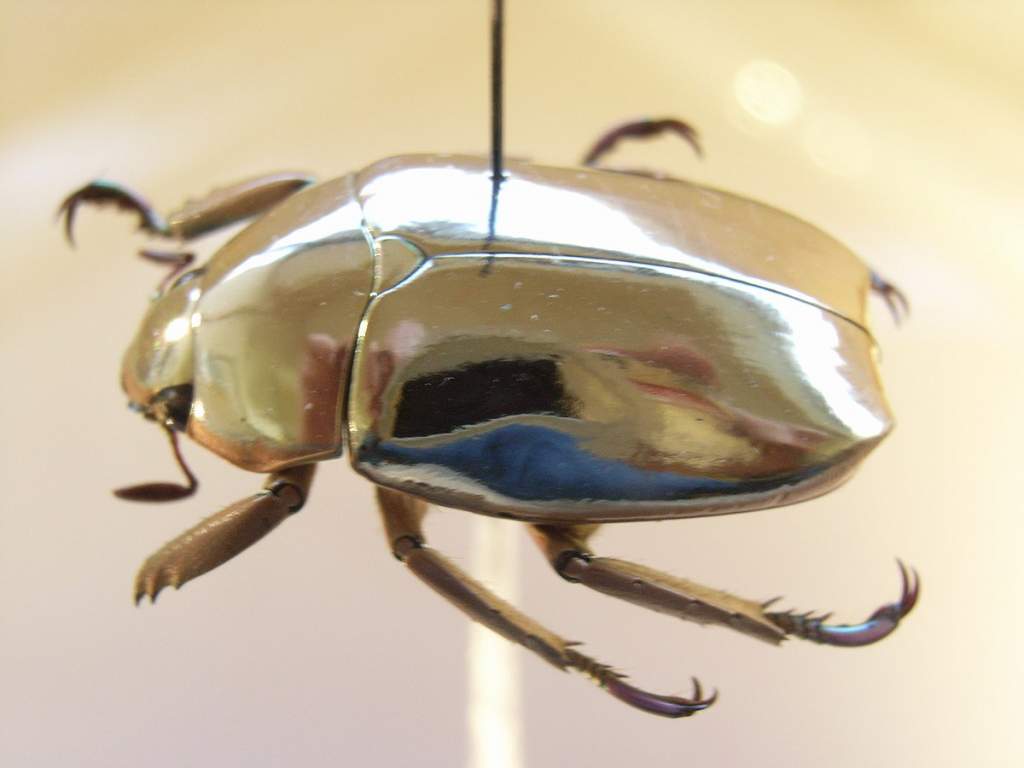BODY LENGTH
The Female Tawny Mining Bee length is about 0.39–0.55 in (10–14 mm). However, the Male length is about 0.39–0.55 in. (10–14 mm)
FOOD PLANTS
Tawny Mining Bee food is a wide range of plants including weeds, garden plants, shrubs, and trees. These include beech, blackthorn, buttercup, Daffodils, garlic mustard, gooseberry, hawthorn, holly, maple, oak, plum, sallow, sycamore, and wayfaring-tree.
HABITAT & STATUS
The Mining Bee is a species of European sand bees and is widespread and common in parks and gardens. It is also including lawns, flower beds, and mown banks; also chalk downland, grassland, orchards, and the edges of sparsely cropped agricultural land. This bee is mainly found in European countries, the Balkans to Scandinavia, Ireland, and The United Kingdom. The tawny mining bee does not sting.
DESCRIPTION
The female has long, dense, bright reddish hairs on the back of the thorax and abdomen. The remaining part of her body and head are covered with black hair. The male is slimmer and dull brown, with sparse reddish-brown hairs and a tuft of white hairs on the lower face. It is classified between solitary and communal bees. The tawny mining bee prefers to fly to a range of diverse nectar-producing and pollen-bearing plants
BEHAVIOUR AND LIFE CYCLE
Tawny Mining Bee is another member of the Andrenidae family. A single brood is produced between late March and mid-June. The nests are placed in large aggregations. Bees fly out in the spring, from early April until early June, when apple, pear, and cherry trees are in flower.
The males emerge first. Flying in zigzag patterns, they seek newly emerged females. The males can mate repeatedly but the females only mate once. The mated female excavates up to three nest burrows in level soil, leaving a mound of soil at each nest entrance, with the main shaft dividing into four or five side tubes.
She waterproofs the walls with terpenoid secretions smoothed by her pygidial plate. Into each tube, a single egg is laid. The brood develops into adults and overwinters in their cells. Tawny Mining Bee species may host the cuckoo bees Nomada signata and N. panzer, bee flies (Bombylius major), and the anthomyiid flies Leucophora obtusa. The female bees may also be infested with mermithid nematodes.
Read More – The Family Life Cycle of Earwig







